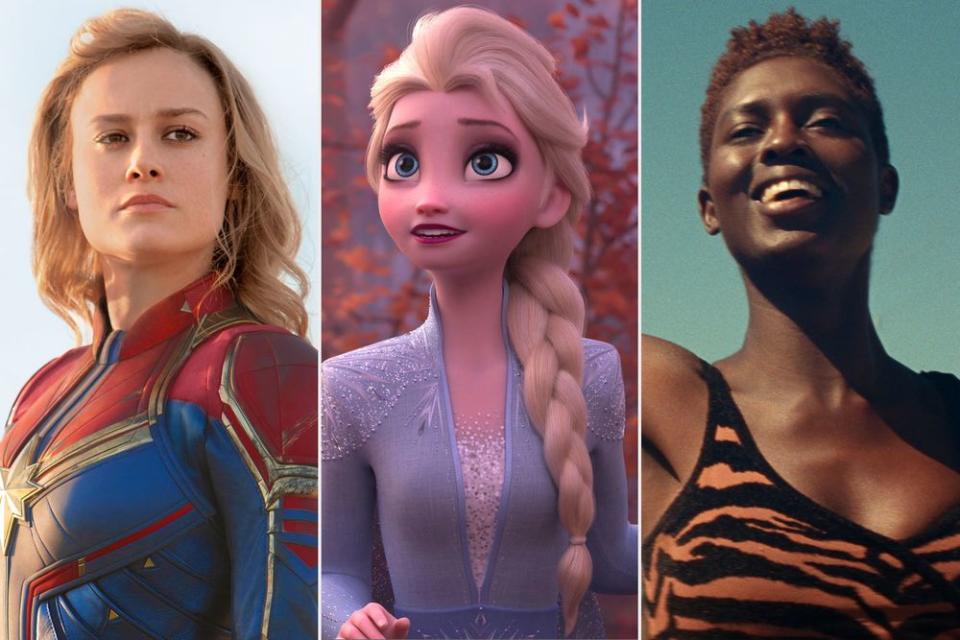Number of female directors behind top-grossing films reached record high in 2019
For women in Hollywood, change is slow. It’s no secret that there’s still a tremendous gap between the number of male and the number of female filmmakers getting movie gigs these days, but a new study released Thursday by USC’s Annenberg Inclusion Initiative shows a record number of women stepped behind the camera and produced some of the highest-grossing films of the year in 2019.
According to the latest “Inclusion in the Director’s Chair” report findings, 10.6 percent of the directors behind last year’s top box-office hauls were women. Yes, that gender gap is as wide as it is worrisome. It also marks a 13-year high. The percentage in 2018 was 4.5.
“This is the first time we have seen a shift in hiring practices for female film directors in 13 years,” Dr. Stacy L. Smith, one of the authors of the study, said in a statement. “One notable reason for this jump in 2019 was that Universal Pictures had 5 films with women directors at the helm in the top 100 movies.” Those films include Queen & Slim (Melina Matsoukas), Little (Tina Gordon), and Abominable (Jill Culton). “Yet,” she continues, “there is still much more progress needed to reach parity for women behind the camera.”

Frozen II and Captain Marvel, two films that broke the year’s top 5 titles at the box office, were both co-directed by women; Jennifer Lee and Chris Buck helmed the former, while Anna Boden and Ryan Fleck helmed the latter. Other films of note include Little Women (Greta Gerwig), Hustlers (Lorene Scafaria), A Beautiful Day in the Neighborhood (Marielle Heller), Charlie’s Angels (Elizabeth Banks), and Harriet (Kasi Lemmons).
Women of color are still grossly underrepresented. In 2019, the percentage dipped from 2018 from 21.4 percent to 16.8 percent, the same number from the study’s findings from 2013. “Less than 1 percent of all directors across 13 years were women of color,” Smith states. “In fact, 13 women have directed a top film in 13 years. While 2019 is a banner year for women, we will not be able to say there is true change until all women have access and opportunity to work at this level.”
Last year, STX Entertainment had the second highest percentage of female-directed films released by a studio. That amounts to 25 percent of its annual slate. Sony and Disney tied for third at 17 percent each, with Warner Bros. in fourth at 16 percent. Lionsgate and Fox had two of the lowest percentages with 6 percent each, and Paramount was the worst at zero percent.
When the Hollywood Foreign Press Association revealed the nominations for its Golden Globes ceremony, they sparked another conversation about women being snubbed entirely from the best directing category. The study also surveyed recognition of women across various award shows and found only 5.1 percent of best director awards nominations were given to women across the Golden Globes, Oscars, DGA Awards, and Critics’ Choice Awards.
“A bias that fails to acknowledge women’s leadership is pervasive throughout the entire awards ecosystem,” Smith says. “Whether it is the Golden Globes, the Academy Awards, the DGA Awards, or the Critics’ Choice Awards, we see that women’s achievements behind the camera are still not seen or celebrated by their peers or the press. Until we shatter the stereotype of who can be lauded as a director, we will not see change in this area.”
Related content:

